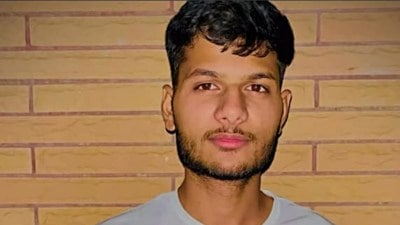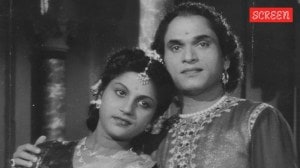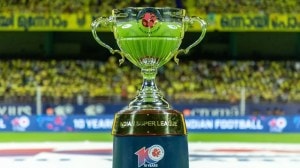Bus to Pakistan
A twelve-hour journey through the green fields of Punjab could hardly be deemed a historic trek. But such is the fratricidal legacy of th...

A twelve-hour journey through the green fields of Punjab could hardly be deemed a historic trek. But such is the fratricidal legacy of the summer of 1947 that it took nothing less than a tete-a-tete between Prime Minister Atal Behari Vajpayee and his Pakistani counterpart Nawaz Sharif last September and months of hectic bureaucratic parleys thereafter to open the road link between the two countries.
And so, as per an agreement reached on December 3, later this month a plushly upholstered bus bearing three dozen Pakistani citizens will wend its way from Lahore to Delhi. It is probably in keeping with the tenor of the times that the inaugural visitors will all be bureaucrats, but surely even the most hardened of cynics will not begrudge hopes that the tri-weekly service will traverse not just the ceremonial pageantry at the Wagah border but the futility of five decades of absolute postures.
Having said that, the luxury coach saga also vindicates the pessimists; if a symbolic gesture like ferrying 36civilians can throw our foreign offices into a tizzy with tentative schedules revised every day, what of the more thorny disputes over cross-border terrorism, Siachen, nuclear protocol, the line of actual control and the like?
Of course, it would be naive to equate tourism and cultural exchanges with the low-intensity warfare in Kashmir; but it is precisely this clash of civilisations mindset which pervades all bilateral deliberations at the official level. Through the years, every effort to foster popular interaction has been stonewalled by a bureaucracy enamoured only with its own confidence-building measures, which inevitably result in reinvigorated suspicion between the two peoples.
Routine procedures like visa applications invite official heckling and tourists from across the border are virtually viewed as prisoners of war. The upshot: a schizophrenic psyche torn asunder by a frenzied hatred at odds with an inherent warmth towards the neighbours. How else does one explain the use of the epithet“Pakistani” by an Indian MP to condemn a filmstar or the governmental harassment a Pakistani rock group invited by calling for “cultural fusion, not nuclear fusion”?
And yet, today we stand at the crossroads, where even retracing the 526 kilometres between Lahore and Delhi could be a palliative for the region’s conscience. As a whole new generation personally unaffected by Partition begins to exhume memories of those months of madness, as popular culture and literature flesh out the bare bones offered at the time by a people silenced by guilt and unspeakable visions, we have a choice: do we re-establish old bonds and finally banish old phantoms by partaking in a cathartic dialogue or do we tend the fences and keep stoking internecine feuds?
At stake is not just a delicate geostrategic balance in our increasingly turbulent nuclear age, but also the fight against rising domestic fundamentalism which feeds on demonic projections of the Other. Interestingly, amidst the oft repeated words of war andfrenzied aggression, an old Punjabi saying echoes through; Jisne Lahore nahin vekhya, o jamya hi nahin (he who hasn’t seen Lahore has yet to establish himself).
Hopefully, the bus to Lahore will be a definite, albeit token, beginning in re-establishing sanity in the subcontinent.



- 01
- 02
- 03
- 04
- 05




























